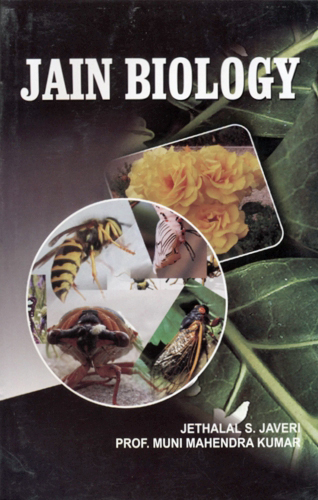Cell division is essential for both sexual as well as asexual reproduction. It is also the process by which old and dying tissues are replaced. The zygote [1] is the first cell, which divides to form the embryo. The embryo then repeatedly divides to form the adult. Up to this point, cell division is of one kind only viz., Mitosis. When a cell divides by mitosis into two daughter cells, each of them inherits not only the same number of chromosomes as the parent but also the same number of cytoplasmic contents as well which means that the cell, first doubled itself internally before dividing into two.
The zygote contains chromosomes in pairs. One of each pair is from the male parent and the other from the female (homologous chromosome). Such cells are called diploid. All the vegetative or the body cells produced by mitosis contain the same number of pairs as the zygote. In the humans, there are 23 pairs, in the onion, there are 8 and in maize, there are 10 pairs.
Adult cells at some time, produce sexual cells or gametes which unite to form a zygote. Gametes must therefore have only half the number of chromosomes so that the union of two gametes derives the diploid number characteristic of its species. Gametes are formed from special body cells which usually divide to form four gametes each and each gamete has only half the number, one of each pair (haploid), as the mother cell. This kind of division is called Meiosis. Thus it is made of two successive divisions. The halving of the chromosomes number takes place during the first division only, the second one being similar to the usual mitosis.
 Jethalal S. Zaveri
Jethalal S. Zaveri
 Prof. Muni Mahendra Kumar
Prof. Muni Mahendra Kumar

